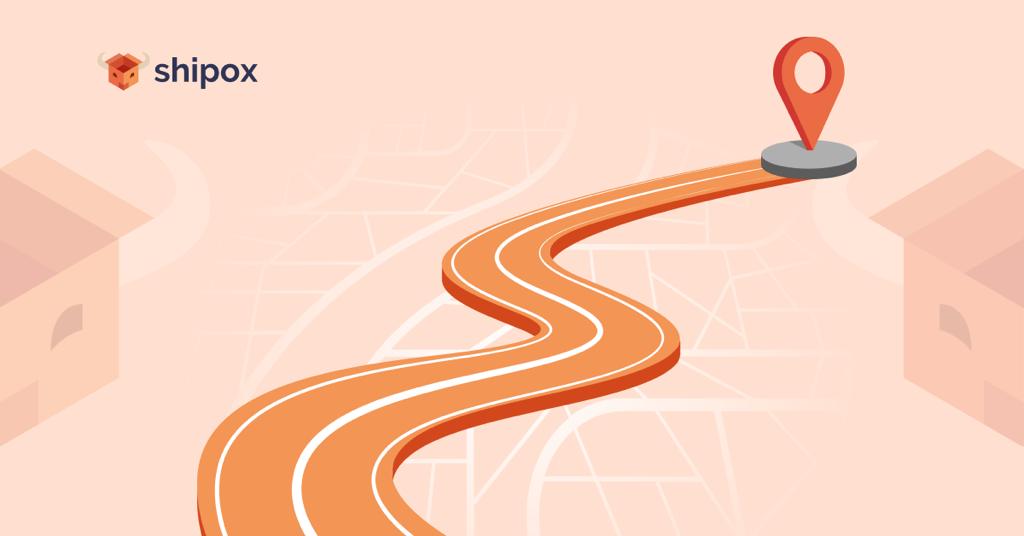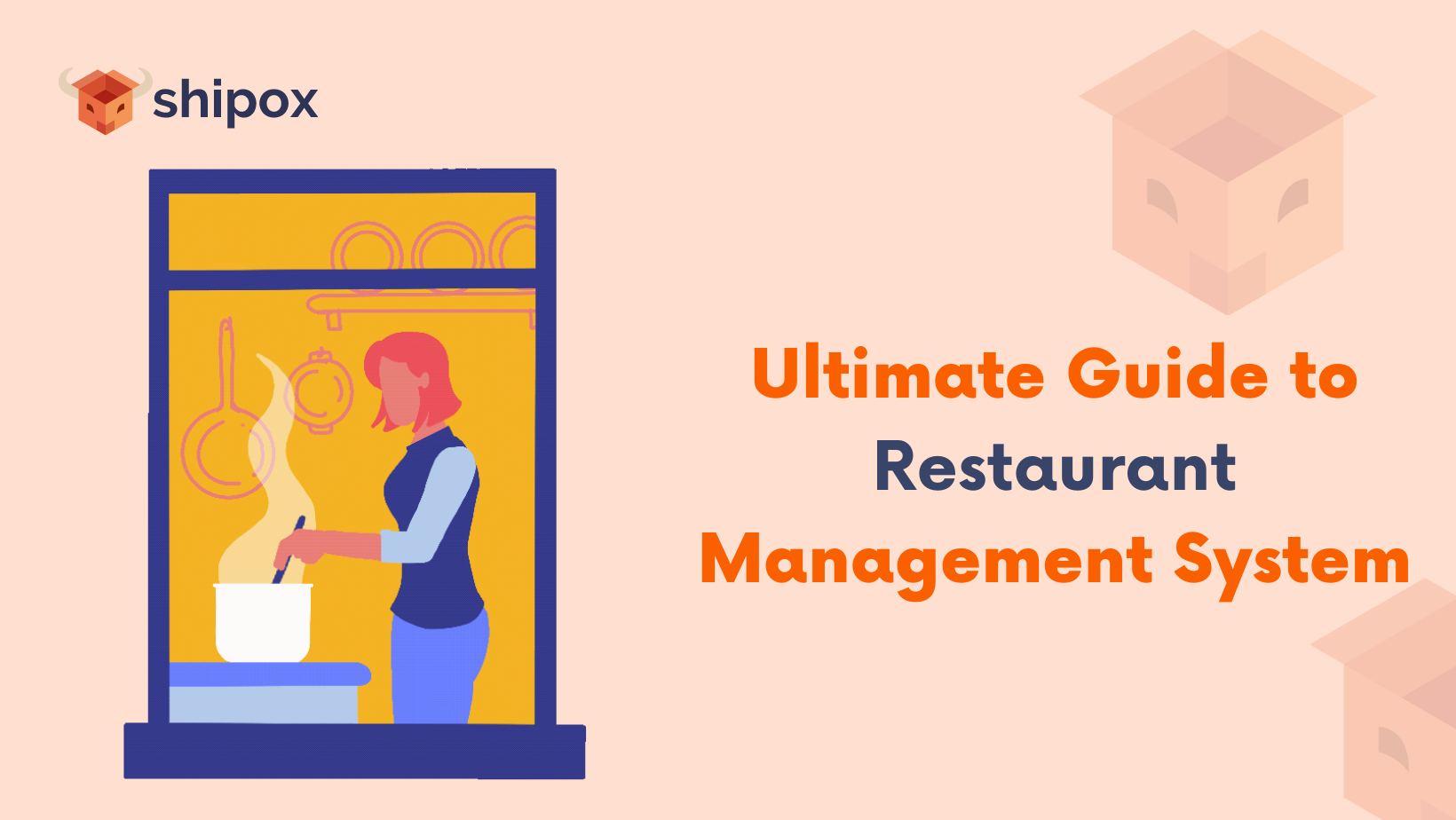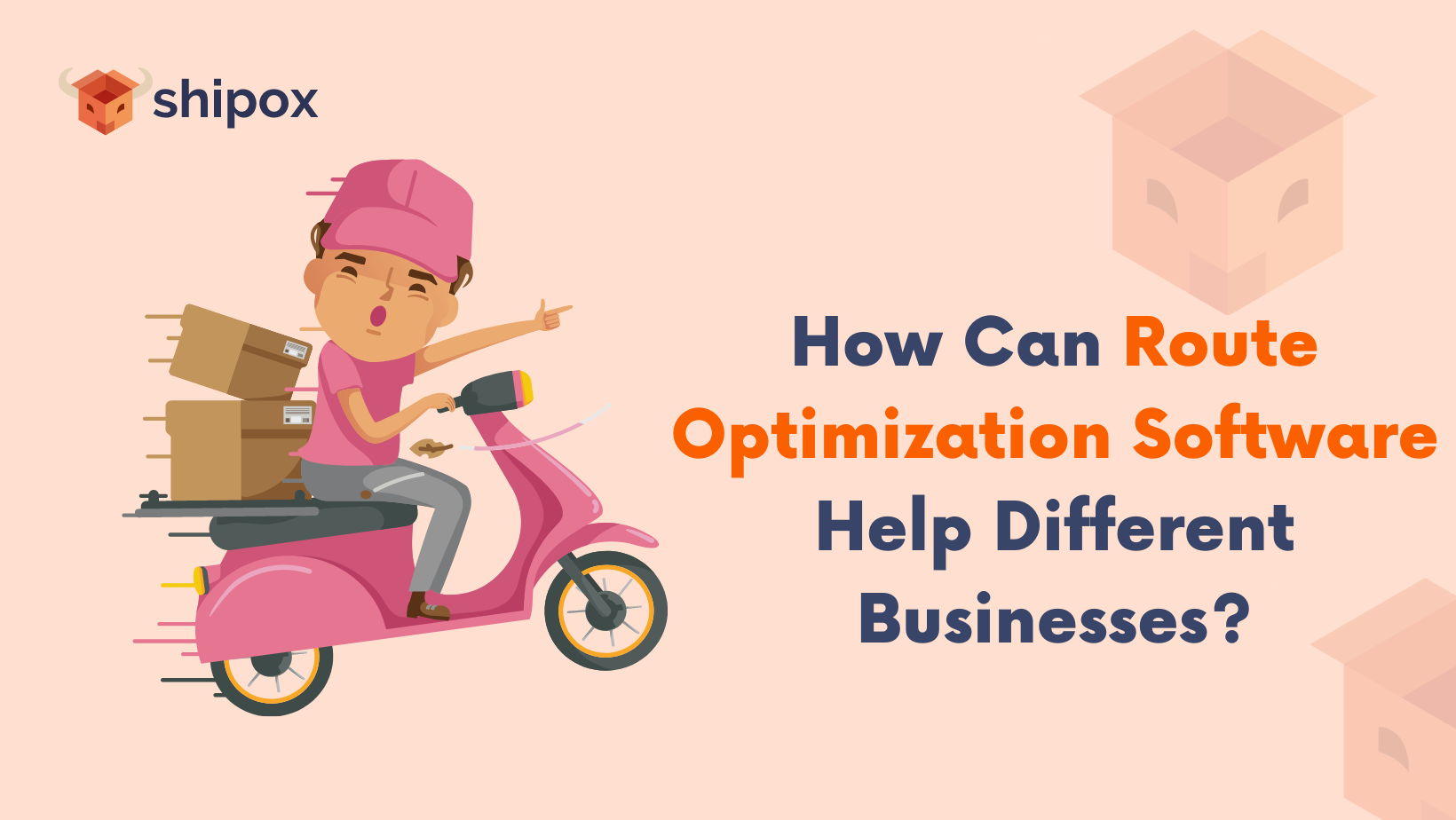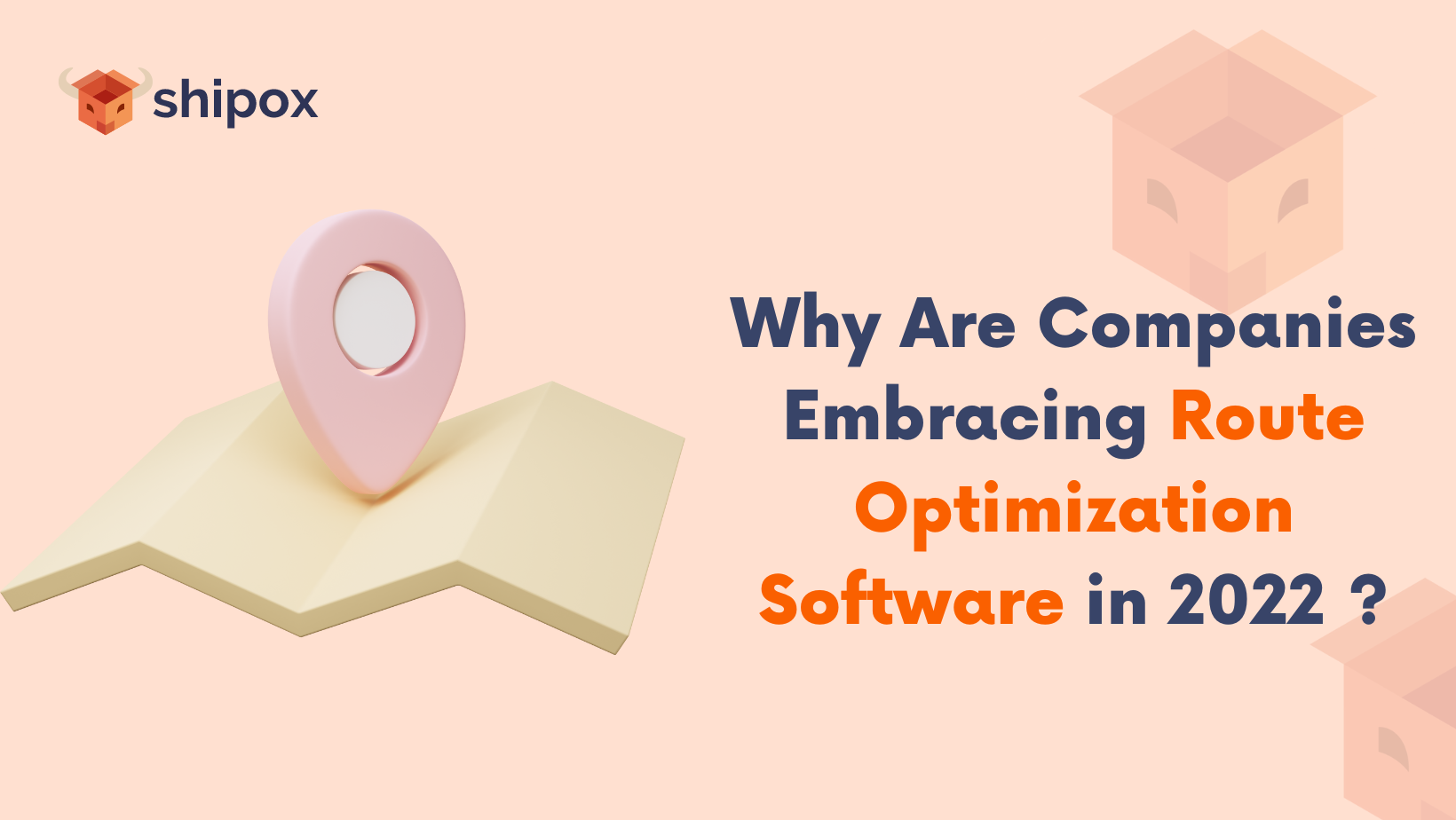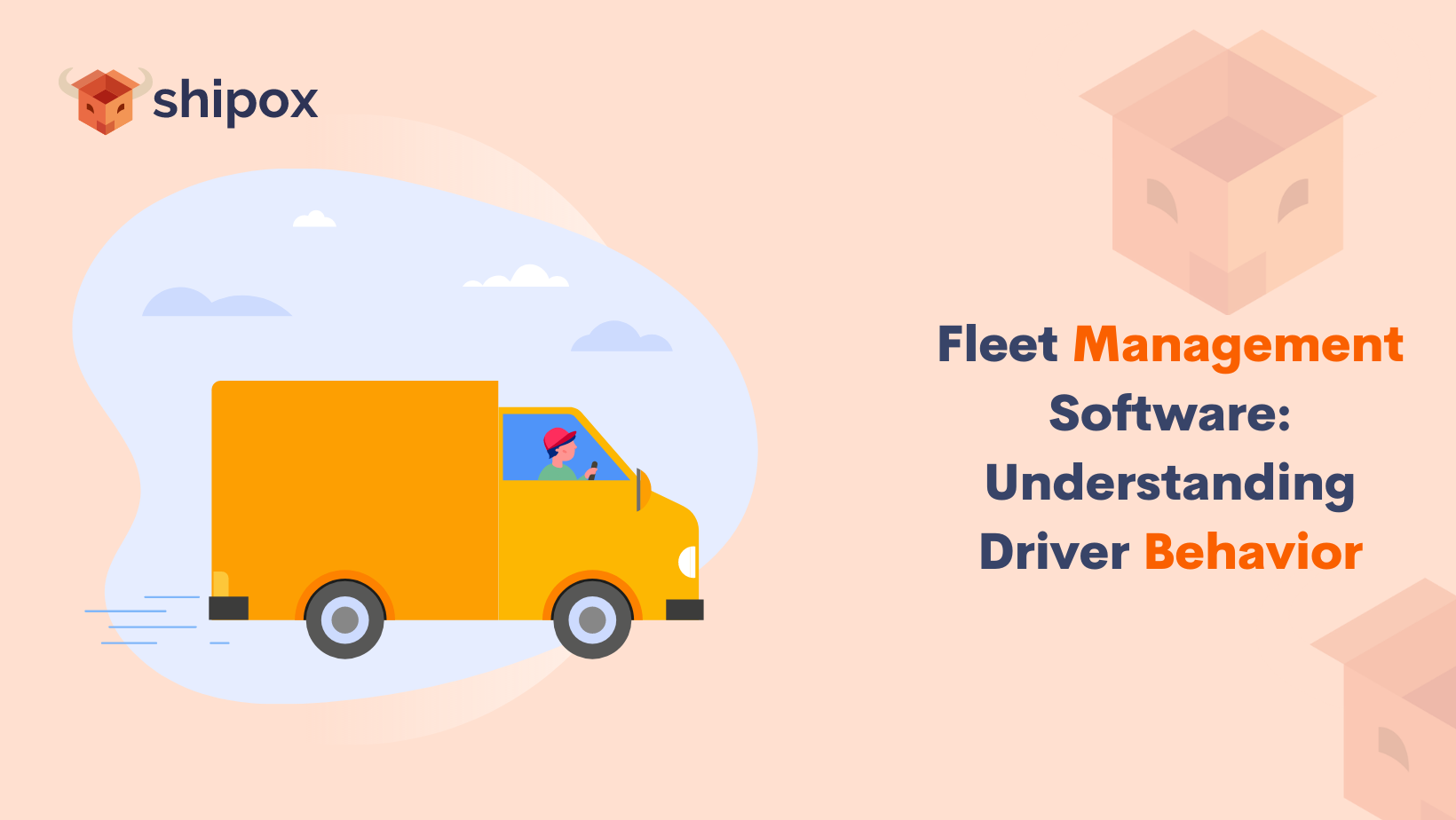In delivery management, routing is the process of choosing the correct network or path for vehicles to use in order to complete the delivery operations successfully. It involves the process of communication with the drivers, operational managers, and ways of tracking the order cycle. A decade ago, routing was performed in the most traditional ways using GPS trackers and via phone communication. However, the last few years have witnessed a huge peak in the number of delivery operations and this trend is transforming rapidly into a dominating one. In order to fulfill customer requirements and meet market expectations, it is essential for businesses to adapt to the latest route planning and route optimization tools for their delivery operations. Still, more than 52% of businesses worldwide are using outdated tools for their vehicle routing.
Here are some of the major vehicle routing challenges that are faced by companies in today’s time:
- Growing demands to increase sustainability and reduce pollution: With the increasing awareness of sustainable deliveries, your delivery process needs to keep up with the expectations of reducing CO2 emissions and to minimize the amount of fuel wastage and consumption by your vehicles.
- Inability to reduce unnecessary delays: An outdated and traditional routing method can cause unnecessary delays in the delivery process. There can be unexpected traffic, or stops along the way that can cause hindrances in the way of a smooth delivery journey.
- Increased dependency on manual operations: If businesses have not yet automated their delivery process, this means that their entire delivery system is based directly on the performance of their team. This increased manual dependency automatically results in more manual errors and is incompetent compared to the new upgraded technology used by competitors. With short delivery times and a plethora of customer demands, operational managers and drivers have to face the added burden of completing a lot of deliveries in limited time.
- Reduction in the delivery turnaround time: As more people are now switching towards online deliveries, research shows that 1 out of 2 people are now willing to pay more for same day or next day deliveries compared to deliveries over an extended period of time. This means that customer demand has shifted to last-minute deliveries and your company’s performance depends greatly on how efficiently the delivery process is completed.
Can Delivery Management Software Resolve These Issues?
Delivery Management Software such as Shipox help companies in resolving all the issues related to routing and upgrade their existing processes according to the latest market practices. Shipox offers its customers multiple features that ensure an automated delivery process. The Drivers’ Application allows operational managers to have the orders automatically assigned and have drivers updated duly. Moreover, the Route Optimization feature and Real-time Tracking enable users to keep track of the entire delivery process from the beginning to the end point, while also enabling them to determine the most efficient and shortest path available for the order to reach its destination on time. It can also help to increase the rate of FDDS.
It is therefore one of the smartest decisions that your business can take regarding its delivery operations and customer satisfaction.
Shipox is a data-driven Delivery Management Software that enables its users across a multitude of diverse industries to avail market competitive features and customer support in order to automate and perfect their delivery process. Shipox users are able to increase the efficiency of their delivery process, optimize their costs effectively, and enhance their customer experiences. To learn more, you can sign up for a quick demo here.
